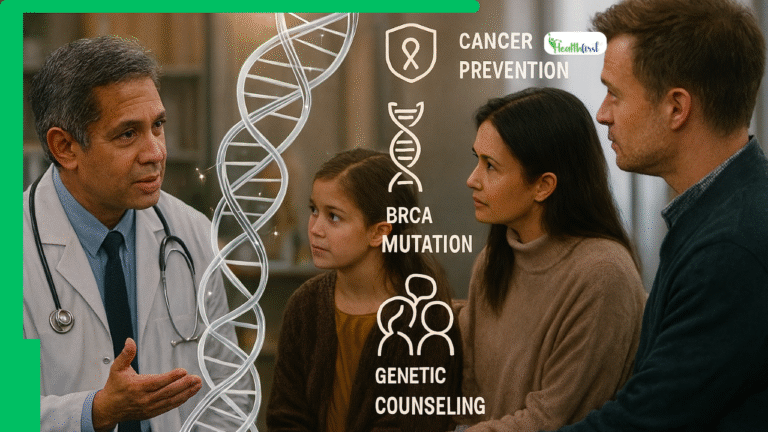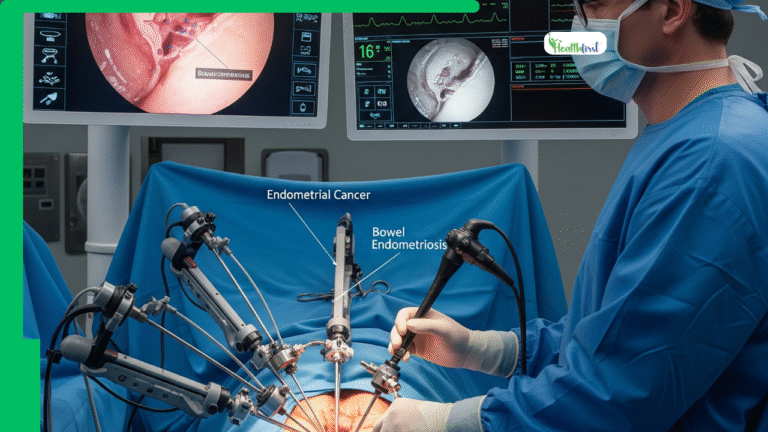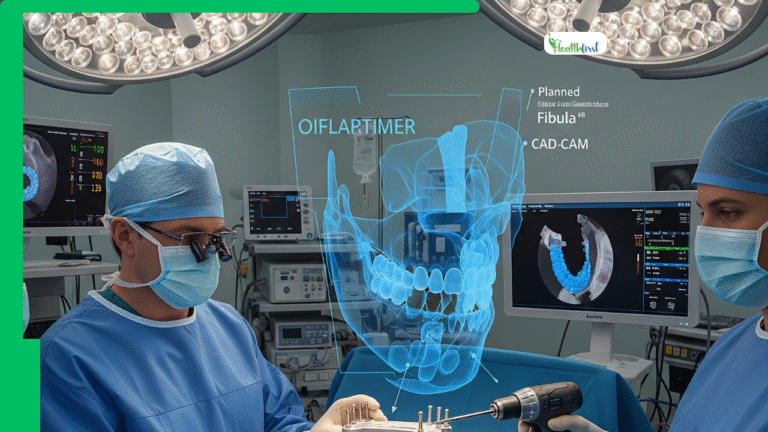Introduction
Guillain-Barré Syndrome (GBS) is a rare but serious neurological disorder in which the body’s immune system mistakenly attacks the peripheral nerves. This can lead to muscle weakness, numbness, and even paralysis. While GBS is treatable, early detection is crucial for recovery. In this article, we explore Guillain-Barré Syndrome’s causes, symptoms, diagnosis, treatment, and recovery process in-depth, providing a comprehensive guide for better understanding.
What is Guillain-Barré Syndrome?
Guillain-Barré Syndrome is an autoimmune disorder that affects the nervous system by damaging the myelin sheath that covers nerve fibers. This damage disrupts signals between the brain and muscles, leading to progressive muscle weakness, pain, and, in severe cases, complete paralysis. The disorder can occur at any age but is more common in adults and males. Although rare, GBS can be life-threatening, particularly when it affects breathing and heart function.
Causes of Guillain-Barré Syndrome
While the exact cause of GBS remains unknown, various triggers can activate the immune system to mistakenly attack nerve cells. Some of the most common triggers include:
- Viral and Bacterial Infections: GBS often develops after infections such as Campylobacter jejuni (a bacteria associated with food poisoning), influenza, Epstein-Barr virus, cytomegalovirus, and Zika virus.
- Surgery or Trauma: Certain surgical procedures or injuries may cause an abnormal immune response, increasing the risk of GBS.
- Vaccinations: Some vaccines have been associated with Guillain-Barré Syndrome, although the risk is extremely low.
- Autoimmune Response: The immune system misidentifies the body’s own nerve cells as foreign and begins attacking them.
- Genetic Predisposition: Though rare, some individuals may have a genetic predisposition to immune system disorders that could lead to GBS.
Symptoms of Guillain-Barré Syndrome
GBS symptoms often appear suddenly and can worsen rapidly within days or weeks. The progression of symptoms varies, but common signs include:
- Tingling and Numbness: Often starting in the legs and spreading upwards to the arms and face.
- Muscle Weakness: Difficulty walking, climbing stairs, or holding objects due to muscle weakness.
- Loss of Reflexes: Reflex responses may become slow or absent.
- Chronic Pain: Burning or sharp pain in the limbs, especially at night.
- Breathing Difficulties: Weakening of the respiratory muscles may lead to breathing complications, requiring ventilator support in severe cases.
- Facial Paralysis: Difficulty moving facial muscles, leading to problems with speaking, chewing, or swallowing.
- Heart Rate and Blood Pressure Changes: Irregular heartbeat and fluctuating blood pressure due to autonomic nervous system involvement.
Types of Guillain-Barré Syndrome
There are multiple variations of GBS, each affecting patients differently:
- Acute Inflammatory Demyelinating Polyneuropathy (AIDP): The most common type in Western countries, characterized by progressive muscle weakness and loss of reflexes.
- Miller Fisher Syndrome (MFS): Primarily affects eye movement, causing double vision and balance issues.
- Acute Motor Axonal Neuropathy (AMAN) and Acute Motor-Sensory Axonal Neuropathy (AMSAN): More common in Asia and South America, these types involve severe nerve damage leading to prolonged recovery periods.
Diagnosis of Guillain-Barré Syndrome
Since GBS symptoms resemble other neurological disorders, a combination of tests is necessary for diagnosis:
- Medical History & Neurological Examination: Evaluating muscle strength, reflexes, and sensory responses.
- Lumbar Puncture (Spinal Tap): Analyzing cerebrospinal fluid for elevated protein levels, indicative of nerve inflammation.
- Electromyography (EMG): Measuring muscle electrical activity to detect nerve dysfunction.
- Nerve Conduction Studies (NCS): Assessing the speed of electrical impulses in nerves.
Treatment Options for Guillain-Barré Syndrome
Although there is no known cure for GBS, various treatment options can help manage symptoms and accelerate recovery:
- Plasma Exchange (Plasmapheresis): Removing harmful antibodies from the blood to prevent further nerve damage.
- Intravenous Immunoglobulin (IVIG) Therapy: Infusing healthy antibodies to neutralize the autoimmune response.
- Pain Management: Medications like gabapentin or pregabalin help alleviate nerve pain.
- Physical Therapy and Rehabilitation: Strengthening muscles and improving mobility.
- Respiratory Support: Mechanical ventilation may be required for severe cases affecting breathing muscles.
- Occupational Therapy: Helping patients regain daily functional abilities after nerve damage recovery.
Recovery and Long-Term Outlook
Recovery varies depending on the severity of the condition and response to treatment:
- Mild to Moderate Cases: Most patients recover within 6 months to a year with minimal long-term effects.
- Severe Cases: Some individuals may experience lingering weakness, chronic pain, or fatigue for years.
- Relapse: Rare but possible in a small percentage of cases.
Preventive Measures and Lifestyle Adaptations
Since GBS is often triggered by infections, maintaining overall health can reduce risks:
- Good Hygiene: Regular handwashing to prevent infections.
- Prompt Medical Treatment: Seeking medical care for bacterial or viral infections to prevent complications.
- Physical Therapy: Long-term rehabilitation can improve strength and coordination.
Conclusion
Guillain-Barré Syndrome is a serious but treatable condition. Early diagnosis and proper medical intervention can significantly enhance recovery. If you or someone you know experiences sudden muscle weakness, numbness, or difficulty breathing, seek medical attention immediately.









